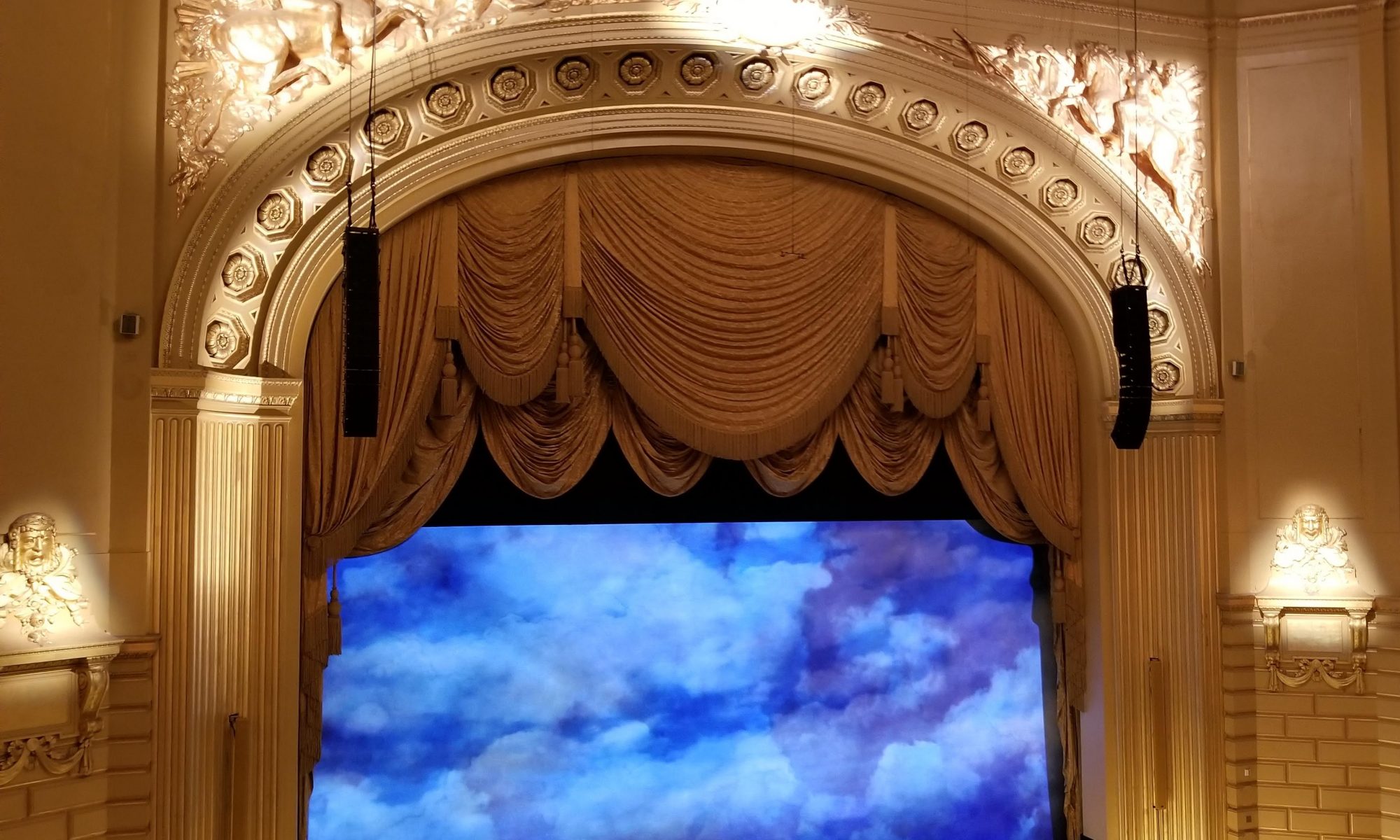Midsummer Night’s Dream in the Spring
Last weekend, I headed up to San Francisco for the third ballet weekend of the season with mom and sister. We were all looking forward to seeing San Francisco Ballet perform Midsummer Night’s Dream, a George Balanchine choregraphed fairytale ballet that none of us had seen before.
I’ll admit that I was feeling a bit ambivalent about being around such a large crowd of people given the current public health crisis, but there are certain things worth risking exposure to infectious disease and Balanchine ballets are one of them.
Unfortunately, the mayor of San Francisco doesn’t seem to share my commitment to the art of dance. As I waited at the airport for my flight to board, I scrolled “the gram” and saw notice that the ballet had been closed, there would be no performances until March 30 (later posts indicated a date of March 20 – we’ll see). At least it wasn’t just the ballet, but all city-owned performance venues.
On the one hand, it was a little bit of a relief. But mostly it was disappointing. Especially after my sister forwarded the review of the opening night performance that ran in the San Francisco Chronicle.
What the review made clear is that SF Ballet excels at these light-hearted, fairytale ballets, bringing to my mind the excellent performance of Cinderella earlier this season or of Don Quixote last season.
As I had already done preliminary research in preparation for my own review, I thought that I would go ahead and tell you about the ballet and we can all hope that they will re-stage this production for the 2021 season.
Midsummer Nights Dream by George Balanchine
Since I wasn’t familiar with the ballet, I dug out my copy of Balanchine’s Complete Stories of the Great Ballets and looked it up (you know that he would never leave one of his own works out).
Created in 1962, Midsummer Night’s Dream was George Balanchine’s first original full-length ballet.
Balanchine had performed in productions of the play as a child in Russia and previously been asked to do some dances for various productions of the play, so he was familiar with the music that Mendelssohn had written for it. He credits the music more than the story for inspiring him to create this work. But because there wasn’t a complete ballet’s worth of music, Balanchine created a franken-score, using other Mendelssohn pieces.
The ballet is organized into two-acts, and six-scenes. The first act contains all of the plot of the ballet – the fairy shenanigans, mortals getting caught up in fairy shenanigans, adventures and misadventures. The second act, in the fashion of the romantic ballets contains the wedding scene, the divertissement, and a happily-ever-after ending.
The supernatural elements of any fairytale ballet allow for all sorts of wonderful creatures and characters. Combining such a narrative with Balanchine’s athletic and expressive choreography is a recipe for a delightfully whimsical dance ballet.
Midsummer Night’s Dream hadn’t been performed by SF Ballet in 35 years. I hope that it wasn’t a one-night stand.


